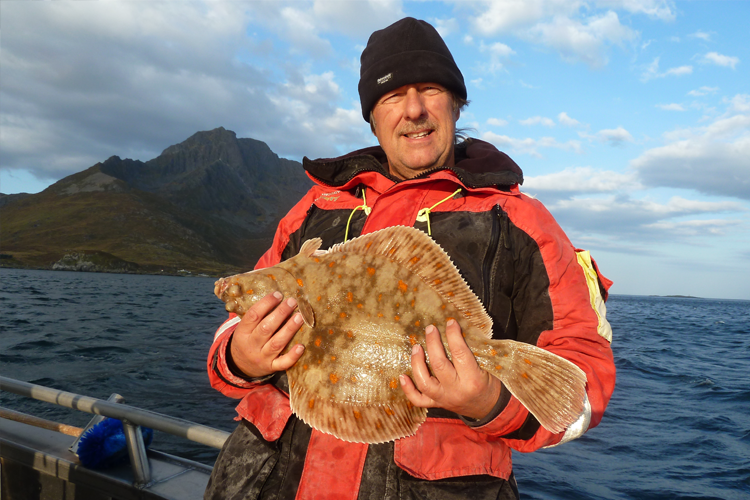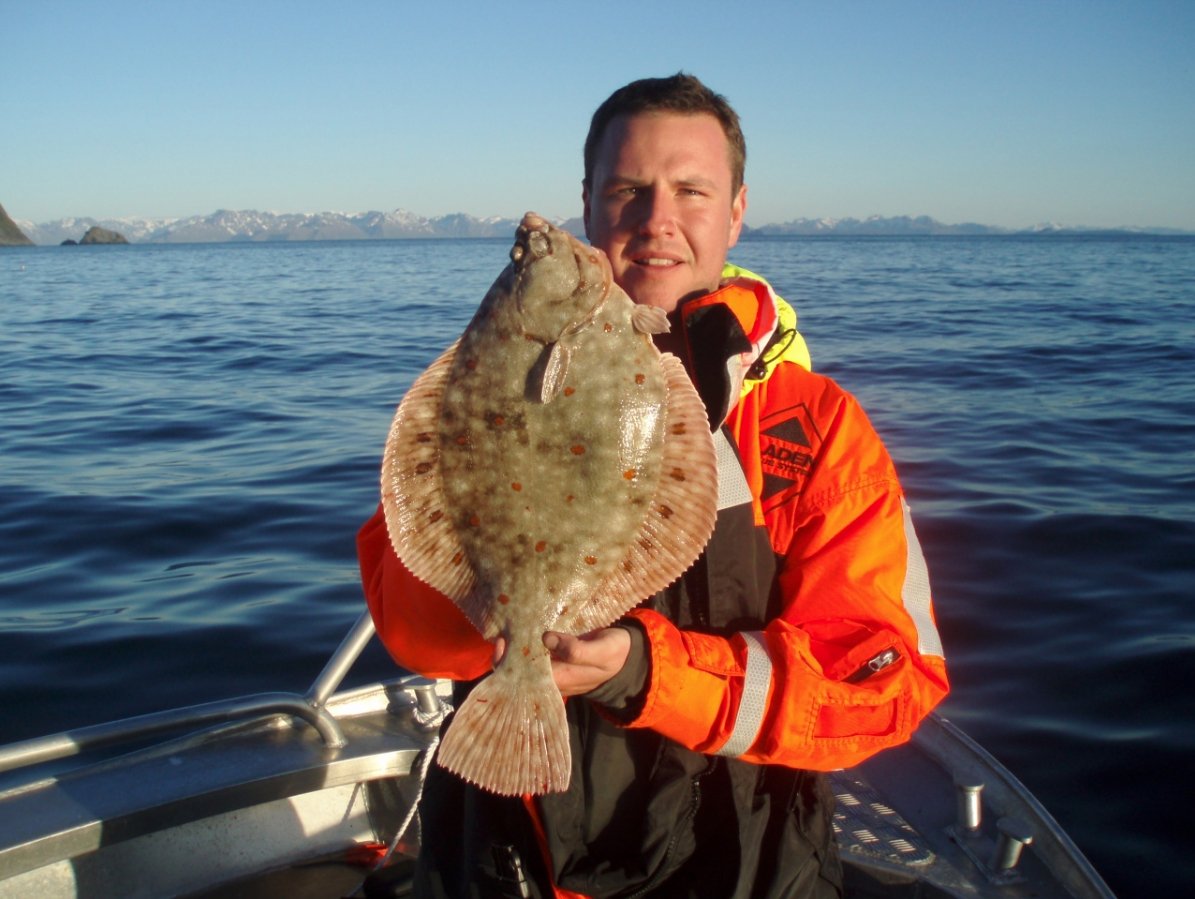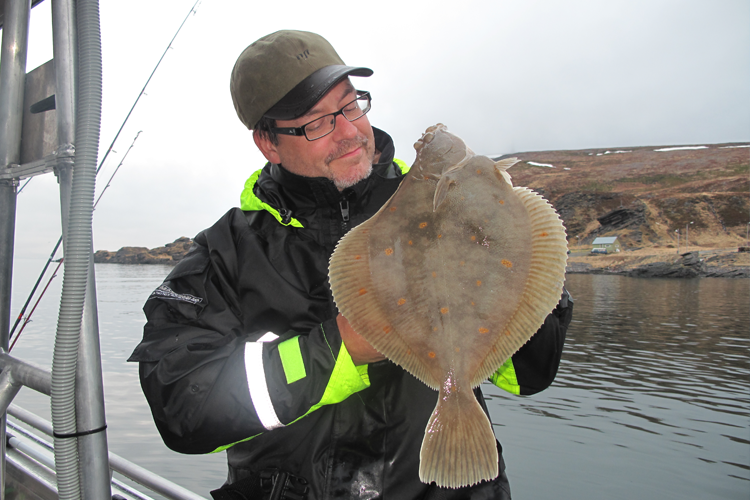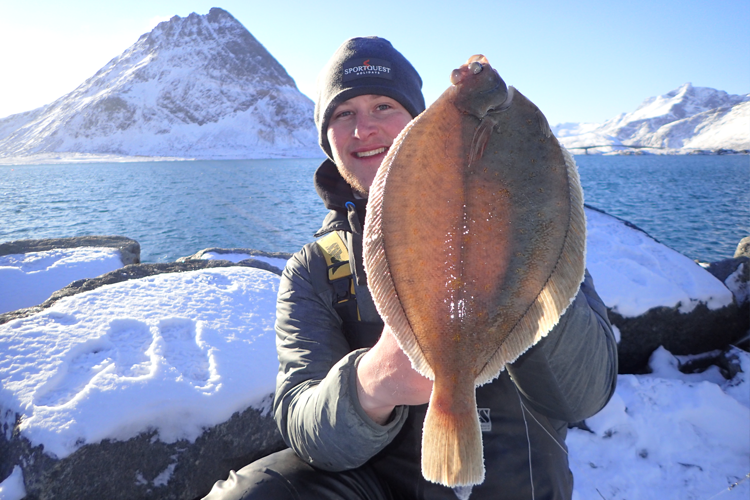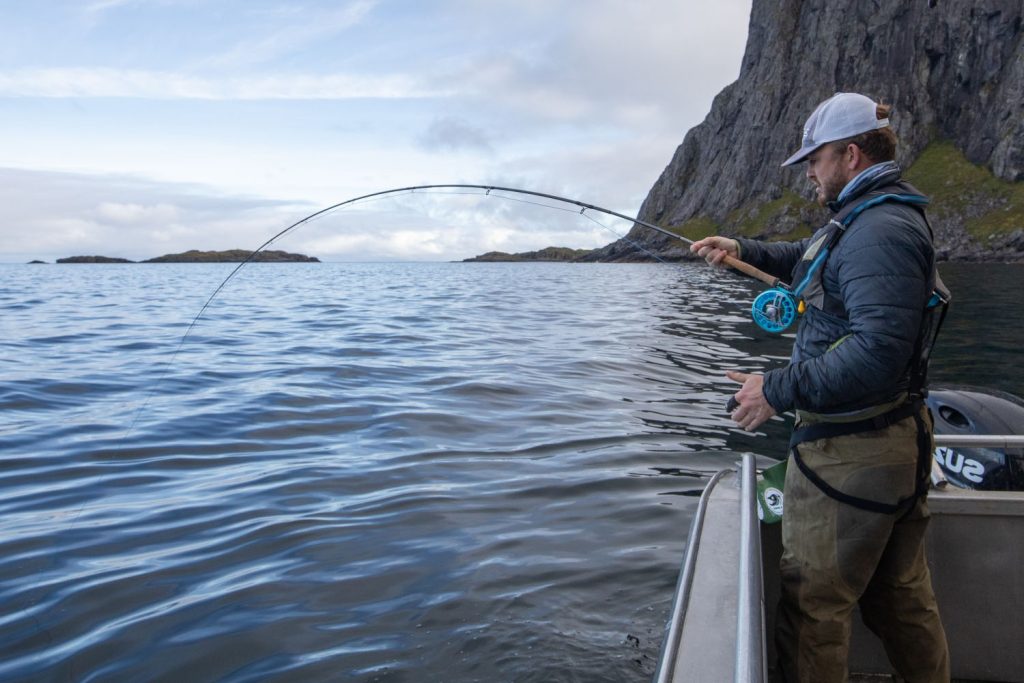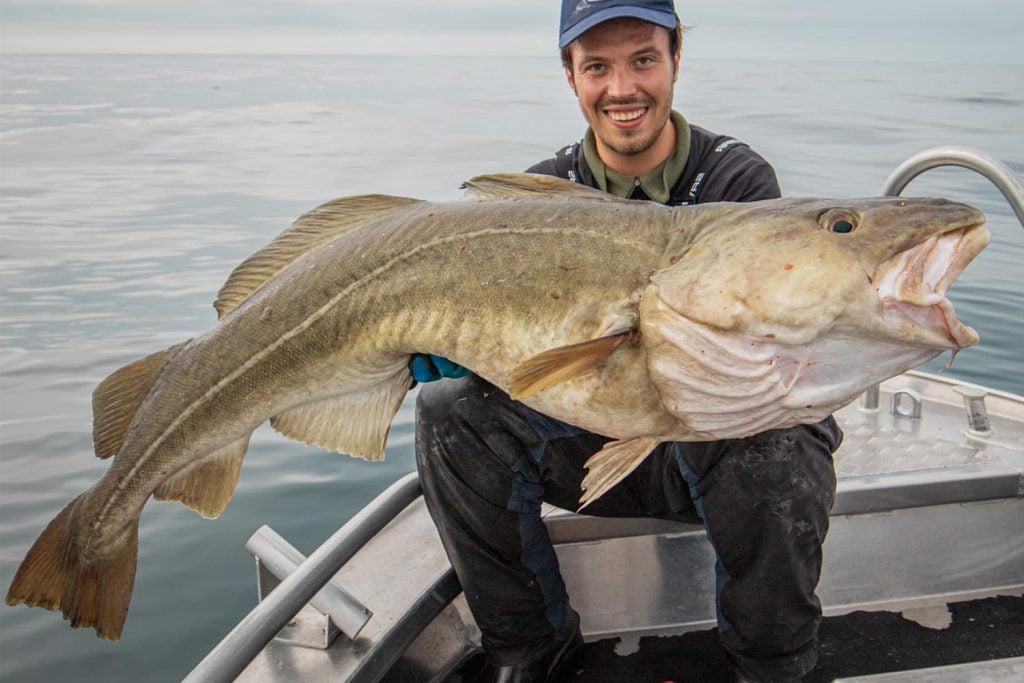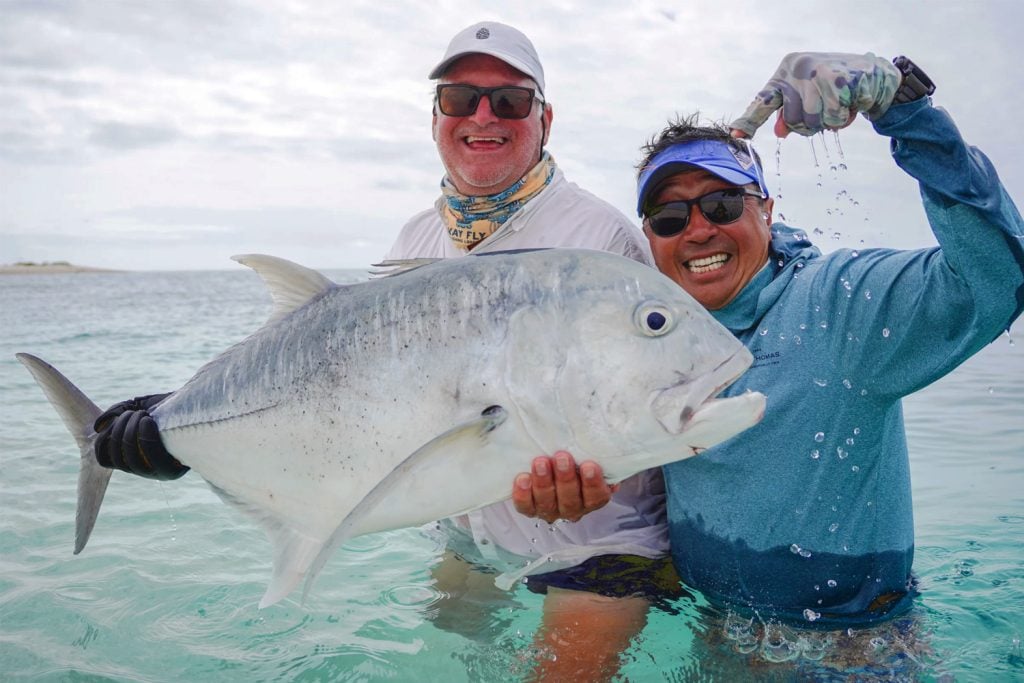Name: European Plaice
Also known as: Plaice
Scientific Name: Pleuronectes platessa
European Plaice Description
The characteristics of the common European Plaice ranges from a dark green to dark brown back with irregularly distributed red or orange spots and the under side of the body is pearly white. The skin is smooth with small scales and they are able to adapt their colours to match their environment, but the orange spots always remain. This fish also does not start off as a flatfish, they partake in a process of metamorphosis when they’re a young fish and moves both eyes to the gill plate aswell as gaining the large dorsal fin to help with movement.
Average Size of European Plaice
Plaice have been caught ranging from 0.5lb to over 14lb but an average would be 3lb. The UK gets a much smaller stamp of fish due to fishing pressure and commercial fishing.
Where to catch European Plaice
The range for the European Plaice is huge and they can be found off all coasts including the Barents Sea, the Mediterranean, the North sea ,the Northeast Atlantic and off Greenland. Some of the most popular destinations are in Norway. The grounds where Plaice can be found vary from clean smooth sandy bottoms to muddy grounds and deeper waters of 5 – 50m. The smaller of the species can be caught from very shallow waters inshore.
European Plaice Fishing Methods
The normal method to target Plaice is to fish with bait from strips of Mackerel to whole prawns. The rigs normally consist of Size 1 long shank hooks on a range of different traces depending on the tide, range and system you are using. You do not have to have the baited hook tight to the bottom, Plaice are aggressive hunters and will move off the substrate in order to secure a meal. You can watch an amazing video of just how Plaice attack your rig here on our Youtube channel.
- Pimp your rig – Plaice love bling such as beads, spoons and other attractors are worth using to increase your chances. Adding movement and visual stimulus to your bait is important, these guys are visual hunters.
- Flowing trace – Use as lighter lead as possible to allow your end gear to move around in the tide and currents.
- Pulley rig –This is a simple rig and it allows for powerful long casts. It also helps in hooking the fish as the weight is connected directly to the weight.
- Multiple hook paternoster – Any combination ie 2 up and 1 down will work. Some people prefer wide white booms as they create movement when they are caught by the current giving life to the bait. It is really up to you.
Contact us
If you have any questions on the Plaice fishing holidays we offer, you can contact our sea fishing expert, Paul Stevens, on 01603 407596 or email paul@sportquestholidays.com and he will be happy to help you with any queries you have or take a look at our tour list which can be found here.
Tight lines,
Paul
